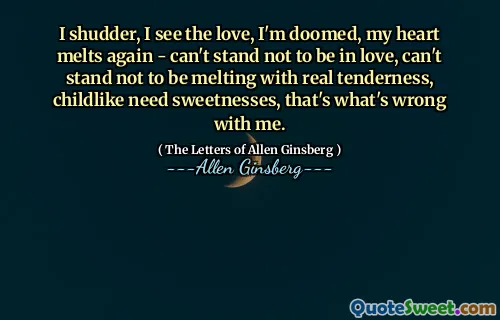I don't know what it is about fecundity that so appalls. I suppose it is the teeming evidence that birth and growth, which we value, are ubiquitous and blind, that life itself is so astonshingly cheap, that nature is as careless as it is bountiful, and that with extravagence goes a crushing waste that will one day include our own cheap lives, Henle's loops and all. Every glistening egg is a memento mori.
Annie Dillard, in "Pilgrim at Tinker Creek," reflects on the disturbing nature of fecundity and the overwhelming presence of life in the natural world. She suggests that the abundant birth and growth in nature can be unsettling because it highlights the fleeting and abundant nature of existence, emphasizing that life, despite its beauty, is fundamentally inexpensive and often disregarded. This view confronts our appreciation of life with the stark reality of nature's indifference to individual existence.
Dillard notes that life is a mix of richness and waste, positing that the very essence of life is intertwined with mortality, which makes every new life a reminder of our own inevitable end. Each egg, for instance, serves as a symbol of death lurking behind the vibrancy of creation. Through her perspective, she urges readers to reconcile the paradox of life's exuberance with its inherent fragility and the relentless cycle of life and death that characterizes the natural world.





